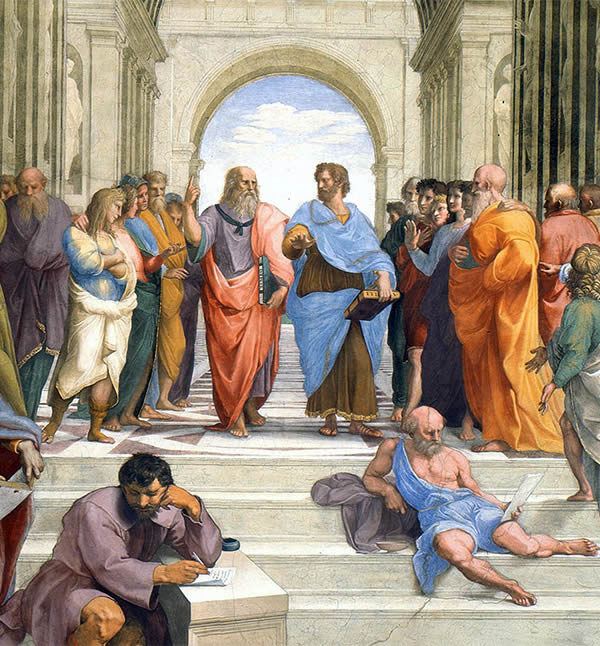The Gregorian Etruscan Museum founded in 1837 by Pope Gregory XVI, it houses vases, bronzes and other finds from southern Etruria, a large collection of vases from Hellenized Italy, as well as finds from the Roman age (Antiquarium Romanum). Noteworthy is Room II with the finds from the Regolini Galassi tomb and Rooms IV-VIII called “Precious”, in which gold jewelry made by Etruscan goldsmiths is exhibited during the ten centuries of their civilization’s life.
With the end of the Papal States, in 1870 the museum’s territorial powers ceased, which will no longer be increased by excavation materials but only with sporadic acquisitions of archaeological collections, all of old training and of extraordinary importance: the purchase of the Falcioni collection ( 1898), donations from Benedetto Guglielmi in 1935 and Mario Astarita in 1967, the purchase of the Giacinto Guglielmi collection in 1987.
The museum contains materials from the 9th to the 1st century BC, from the Iron Age until the progressive and definitive merging of the Etruscan cities into the structure of the Roman state. The millenary history of the Etruscan people is told here by pottery, bronze, silver and gold which document a flourishing craftsmanship and a peculiar artistic civilization.
An integral part of the museum is a large collection of Greek vases, but found in the Etruscan necropolises, and of italiot vases (produced in the Hellenized cities of southern Italy), which allows you to retrace the history of ancient painting through famous creations of potters and ceramographers.
Attached to the Etruscan museum is a section dedicated to Roman antiquities (Antiquarium Romanum), coming from Rome itself and Lazio, with bronzes, glass, architectural pottery and ceramics in common use.
The Gregorian Etruscan Museum is an integral part of the Vatican Museums, and it is housed in the Palazzetto di Innocenzo VIII (1484-1492) and in the annexed building from the time of Pius IV (1559-1565), where it is possible to admire significant parts of the original decoration, including frescoes by Federico Barocci and Federico Zuccari (1563) and Santi di Tito and Niccolò Circignani delle Pomarance (1564).



